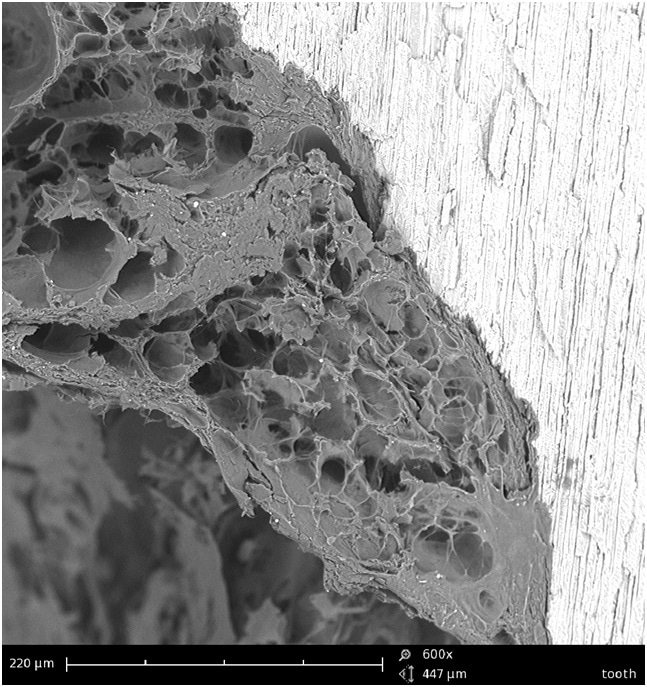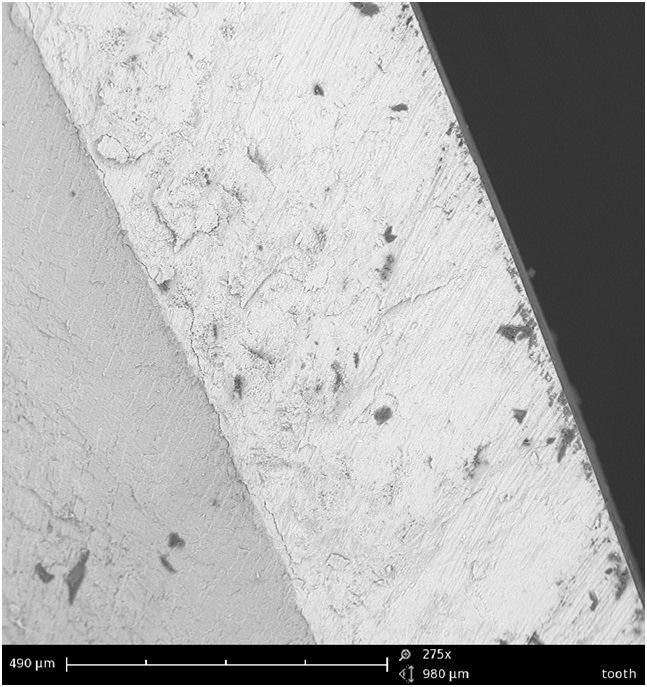Modern dentistry has undergone many developments, but despite this, there is still room for a great deal of improvement in dental research towards many different topics, ranging from dental surgery, brackets and braces, to the recurrent problem of teeth sensitivity.
This article sheds some light on scanning electron microscopy (SEM) and how it is used in numerous dental studies.
Scanning electron microscopy (SEM)
These days, many easily-accessible solutions are available for teeth hypersensitivity such as different mouthwashes and toothpastes. By demonstrating the efficiency of dental products, the scanning electron microscope (SEM) has been established as an indispensable tool in dental research. The presence of open dentine tubules leads to dental hypersensitivity, causing pain and discomfort when exposed to something cold. Sensitivity-reducing toothpastes that are available, act on these open dentine tubules and close them after continuous use, providing a palpable result.
In association with GlaxoSmithKline, Bristol Dental School launched a study to investigate whether a silicone impression material could simulate dentine tubule change after using occluding or non-occluding toothpaste for 4 weeks1.
After the replicas were acquired from the subject, they were imaged using a SEM to assess the occlusion score of each subject and find out the effect of the assigned toothpaste. The researchers therefore concluded that if this method is refined, it can provide a clear, reliable impression of dentine tubules and can possibly be developed for use after more research.

Figure 1 interface of filling ant tooth

Figure 2 tooth surface viewed in details
Dental biomaterials
During mastication, most dental biomaterials are subjected to significant stress and pH variations which cause damage and call for additional revisions in the case of dental implants. One of the most frequently observed processes of biomaterials degradation is tribo corrosion, or the surface damage of metallic dental biomaterials. Tribo corrosion can also have detrimental biological effects2. Hence, a better understanding of the material’s tribological properties is imperative in the choice, design, and development of dental biomaterials.
Walczak et al. performed a study which was focused on the tribological characteristics of four different materials such as NiCrMo alloy, 316L steel, Ti6Al4V ELI alloy (ASTM-grade 5), and technically pure titanium (ASTM-grade 2) under in vitro conditions. An SEM, particularly a Phenom Pro desktop microscope, was used to view the worn surfaces of various materials after subjecting them to grinding by water-abrasive paper and then by mechanical polishing. This study proved to be useful in developing additional selection criteria for choosing the design and type of dental biomaterials.
However, with regards to the design of dental materials, brackets have different adhesion properties based on their base structure as well as the bonding agent3. In a study performed by Fabiano et al., five bracket bases with varying structures were selected for analysis. SEM was subsequently used to inspect the base design as well as the detachment interfaces of each bracket chosen for this study. The conclusion of the study was that brackets that had a greater mesh spacing had the best bond strength results and ensured, in this research, the best bonding performance.
Conclusion
From this brief synopsis, the versatility of the SEM was observed as it was able to tackle multiple problems in dental biomaterial research, helping scientists to provide results that are more accurate and reliable.
References
1 Randomized Clinical Trial to Evaluate Changes in Dentine Tubule Occlusion Following 4 Weeks Use of an Occluding Toothpaste. Seong et al.,Clin Oral Invest,(2017)
2 Tribological Characteristics of Dental Metal Biomaterials. Walczak et al., Curr. Issues Pharm. Med. Sci., (2016)
3 Evaluation of Bond Strength and Detachment Interface Distribution of Different Bracket Base Designs. Fabiano et al. Acta Medica Mediterranea (2015)

This information has been sourced, reviewed and adapted from materials provided by Phenom-World BV.
For more information on this source, please visit Phenom-World BV.